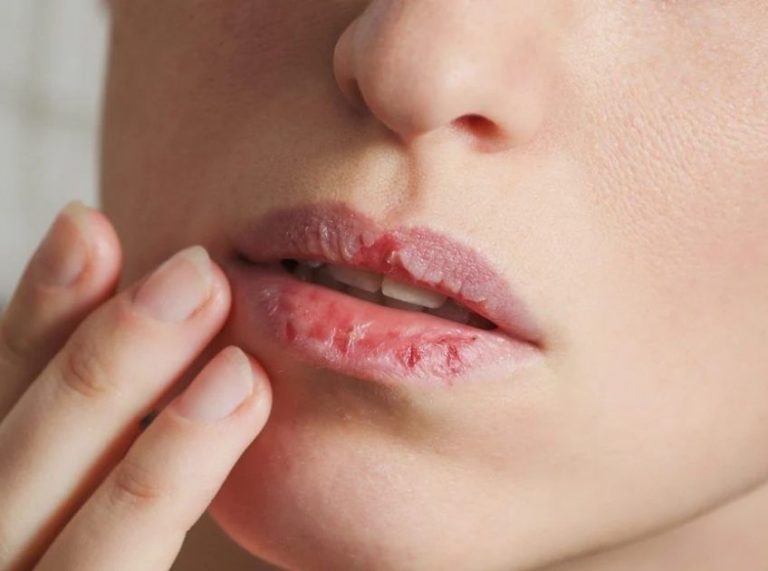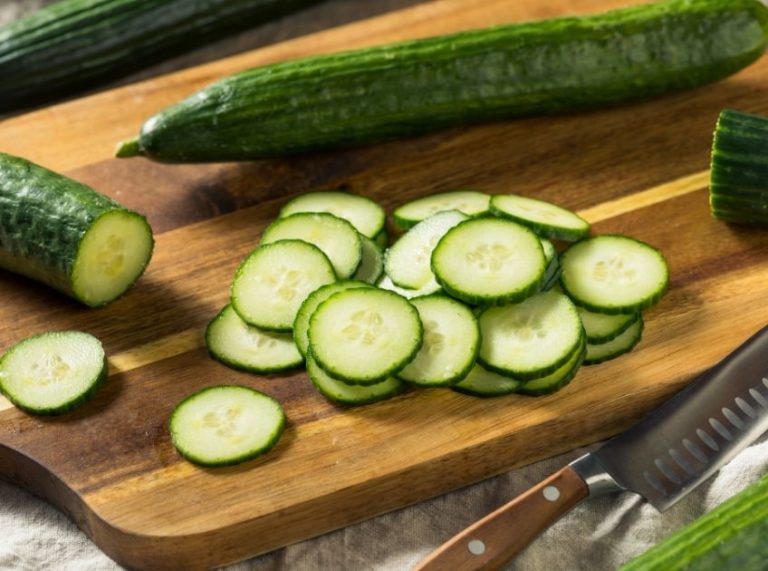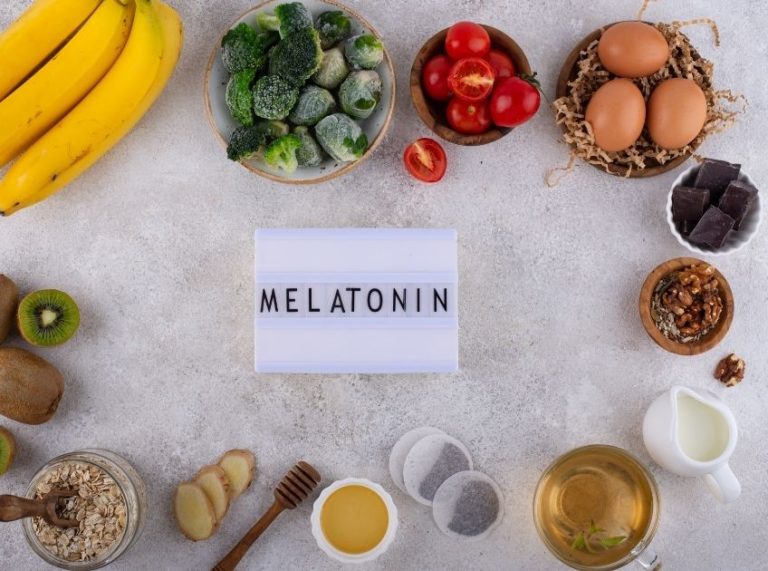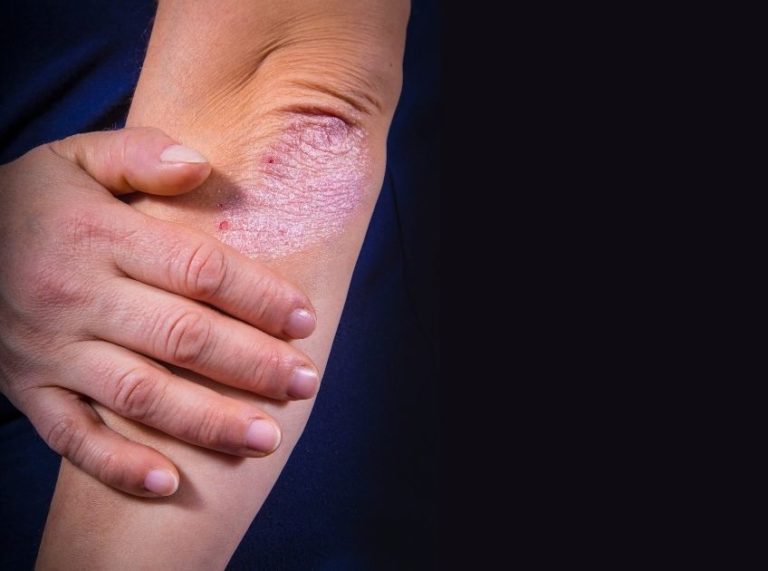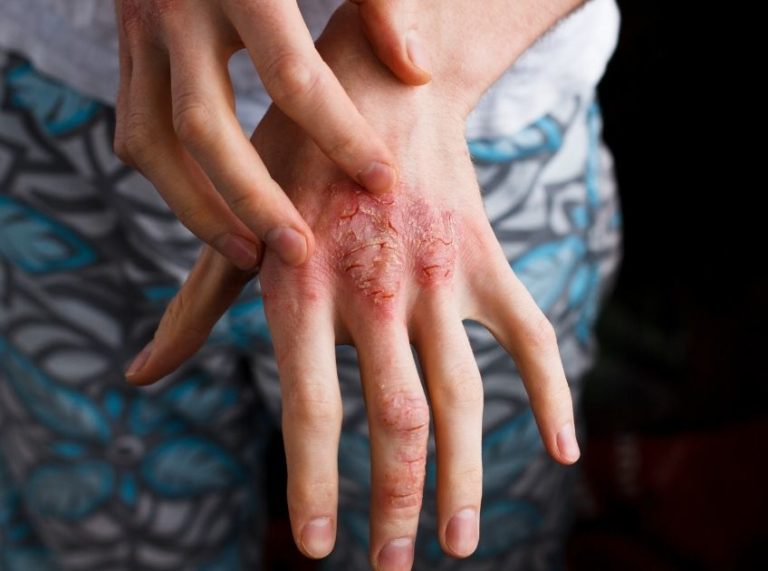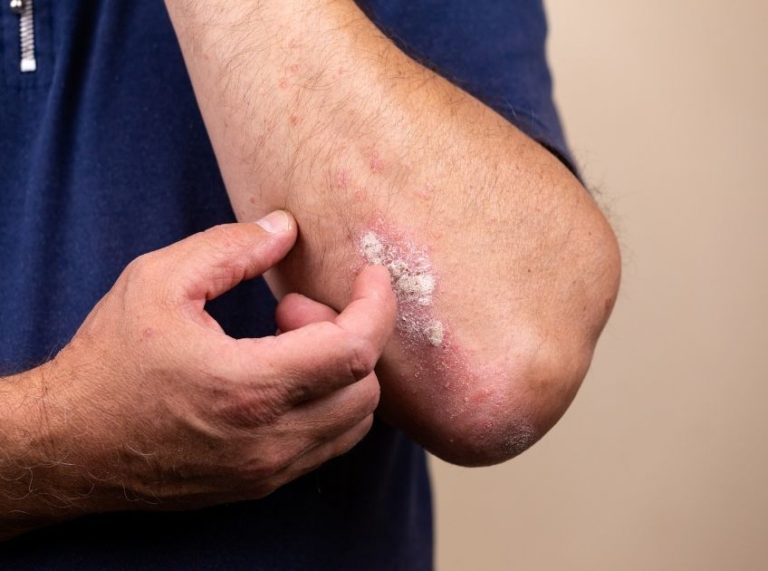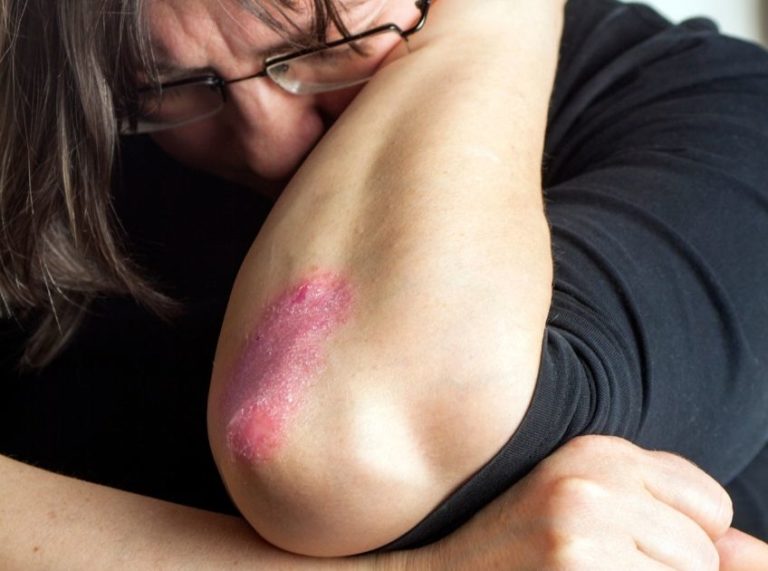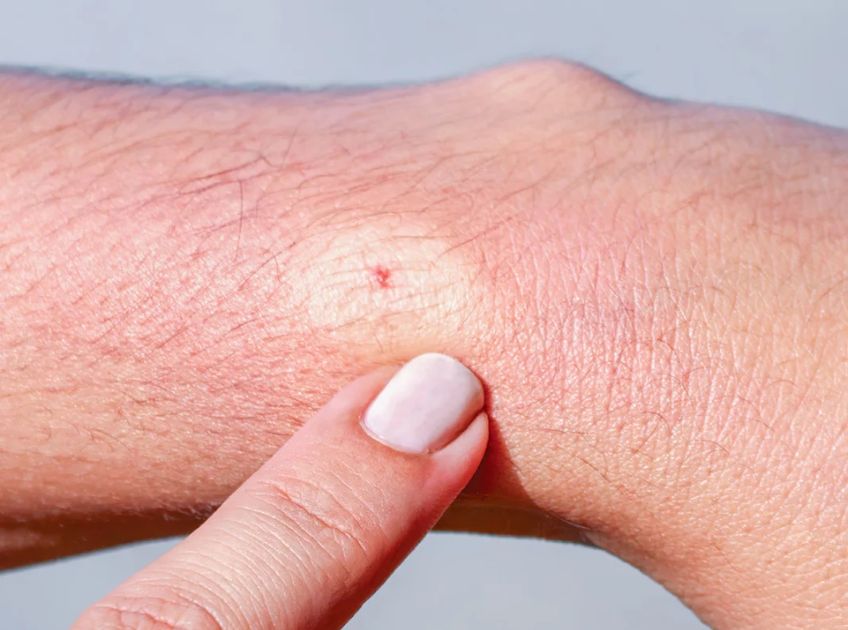
Important: This article is for informational purposes only. Please read our full disclaimer for more details.
Bee stings can cause sudden pain, swelling, redness, and itching. While most stings are not life-threatening, the discomfort can linger for hours. Instead of reaching for over-the-counter creams, many people turn to nature’s remedies—essential oils. These plant-based oils have anti-inflammatory, antimicrobial, and soothing properties that may help reduce symptoms quickly and effectively.
The Science Behind Essential Oils and Bee Sting Relief
Essential oils have been used for centuries in traditional medicine. Modern research supports their effectiveness in reducing inflammation and promoting wound healing, making them a viable option for managing minor insect bites and stings. Here are the most effective ones for bee sting relief:
1. Lavender Oil: The All-Purpose Healer
Lavender oil is known for its calming effects—but it also has anti-inflammatory and analgesic properties.
- Benefits: Reduces swelling, eases pain, and soothes itching.
- Scientific support: A 2016 study published in Pharmacognosy Research highlighted lavender oil’s anti-inflammatory activity and its ability to accelerate wound healing (1).
2. Tea Tree Oil: Nature’s Antiseptic
Known for its antimicrobial properties, tea tree oil can help prevent infection in the sting site.
- Benefits: Cleanses the wound, reduces redness, and calms irritation.
- Evidence: A study in the Clinical Microbiology Reviews found tea tree oil effective against various bacteria and fungi—ideal for protecting broken skin (2).
3. Chamomile Oil: Gentle Yet Powerful
Chamomile essential oil offers soothing, anti-itch, and anti-inflammatory benefits.
- Benefits: Calms irritated skin and promotes healing.
- Research: According to Molecular Medicine Reports (2010), chamomile contains apigenin, a compound known to reduce inflammation and allergic responses (3).
4. Peppermint Oil: Cooling Relief
Peppermint oil provides a cooling sensation that can dull pain and reduce itching.
- Benefits: Acts as a natural analgesic and anti-inflammatory.
- Science: Menthol, the active compound in peppermint, has been shown in studies to have topical pain-relieving properties (4).
5. Basil Oil: Anti-Inflammatory Herb Power
This lesser-known oil contains eugenol, a compound with strong anti-inflammatory effects.
- Benefits: Reduces swelling and pain, fights bacteria.
- Support: Eugenol has been studied for its effectiveness in relieving pain and skin inflammation (5).
How to Use Essential Oils Safely for Bee Stings
While essential oils are powerful allies in natural healing, using them incorrectly can lead to irritation or even allergic reactions, especially on inflamed skin. Follow these guidelines to ensure safe and effective application:
1. Always Dilute Before Use
Essential oils are highly concentrated. Applying them directly to the skin (also known as “neat” application) can cause burns or allergic reactions. Mix 1–2 drops of essential oil with 1 teaspoon of a carrier oil like coconut, olive, or almond oil before applying to the sting.
2. Use Clean Hands and Tools
To prevent introducing bacteria to the sting site, apply oils using clean hands or a sterile cotton swab. Avoid double-dipping into oil blends.
3. Avoid Sensitive Areas
Do not apply essential oils near the eyes, mucous membranes, or open wounds. If the sting is near a sensitive area (like the face or neck), consult a healthcare professional before applying any oils.
4. Perform a Patch Test
Before using any new essential oil, apply a diluted drop to a small area on your forearm and wait 24 hours to ensure there’s no reaction. This is especially important for sensitive individuals or those with skin allergies.
5. Watch for Allergic Reactions
If redness, itching, or swelling worsens after application, stop use immediately and rinse the area with a mild soap and water. Seek medical attention if symptoms escalate.
6. Store Oils Properly
Keep essential oils in a cool, dark place to preserve their potency. Improper storage can lead to oxidation, making the oils less effective and potentially irritating.
7. Be Cautious with Children and Pets
Some essential oils are not safe for children under 2 years old or for pets. For kids, only use child-safe oils like chamomile or lavender and dilute them more (1 drop per tablespoon of carrier oil). Never use peppermint or eucalyptus on infants.
By following these safety guidelines, you can make the most of essential oils’ healing benefits while minimizing any potential risks. When used correctly, they offer a gentle, natural way to relieve the discomfort of bee stings.
Frequently Asked Questions (FAQ’S)
1. Can essential oils replace medical treatment for bee stings?
A. No. Essential oils can help reduce symptoms in mild cases. However, if you show signs of an allergic reaction (swelling in the throat, dizziness, difficulty breathing), seek emergency care immediately.
2. Is it safe to use essential oils on children?
A. Only certain oils like lavender or chamomile, when properly diluted, are safe for children. Always consult a pediatrician before use.
3. How quickly do essential oils work on bee stings?
A. Relief can be felt within minutes for some users. Anti-inflammatory effects may take a few hours to fully reduce swelling or redness.
Nature’s Relief for the Sting
Essential oils like lavender, tea tree, peppermint, chamomile, and basil offer natural, effective relief from mild bee sting symptoms. Their soothing and antimicrobial properties can reduce discomfort and promote healing when used safely and appropriately. While essential oils are no substitute for emergency care in allergic reactions, they are a wonderful option for natural, skin-friendly sting relief.
